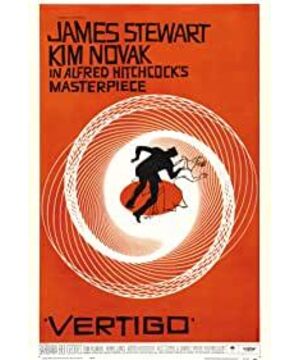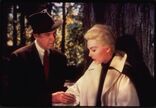Vertigo evaluation action
-
Malvina 2022-03-25 09:01:05
Last semester's appreciation class focused on this piece, it really is more interesting the deeper you dig. But for me, the biggest significance of this film is that the lovely Dolly Zoom was born.
-
Allison 2022-03-25 09:01:05
This is the first time I've seen it. In 1958, a German architect built the so-called modern skyscraper Seagram Building in New York for the first time. In the same year, Scottie became afraid of heights. History will be haunted or it will never be.
Vertigo quotes
-
Scottie: [to Judy, after being taken to the scene of Madeline's death] No, no. I have to tell you about Madeleine now. Right there.
[Pointing]
Scottie: We stood there and I kissed her for the last time, and she said, 'If you lose me you'll know that I loved you and wanted to keep on loving you.' And I said, 'I won't lose you.' But I did.
[pause]
Scottie: And then she turned and ran into the church. I tried to follow, but it was too late.
-
Midge: You want to know something? I don't think Mozart's going to help at all.
More Articles
Recommend Articles
-
Anacondas: The Hunt for the Blood Orchid behind the scenes gags
-
Anacondas: The Hunt for the Blood Orchid Anaconda; Anakonda; Анаконда; Anaconda, le prédateur 2: Searching for the background of blood orchid creation
-
Anacondas: The Hunt for the Blood Orchid evaluation action
-
Millions movie plot
-
My Architect movie plot











